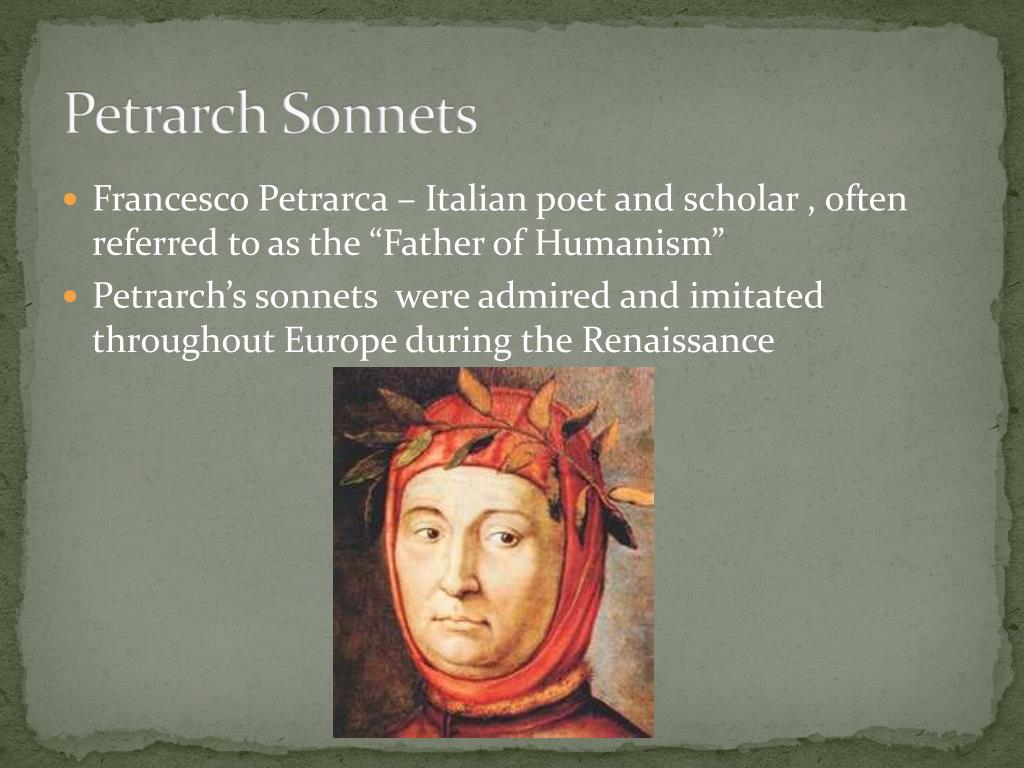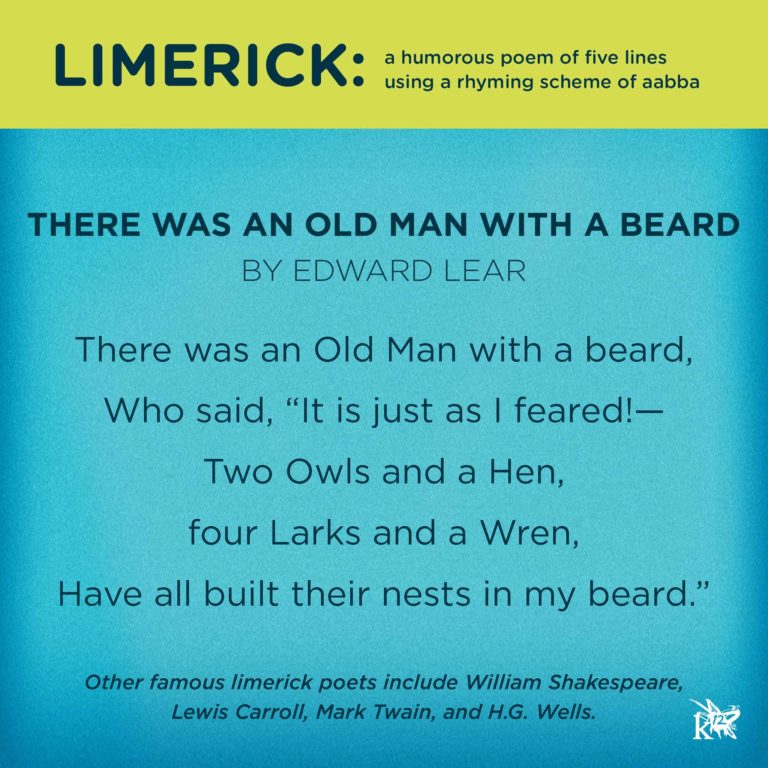

While Wyatt had been known for lighter riddles, songs and satires, he nevertheless made the surprising choice to focus on a brooding genre so far from his wheelhouse. Also, the rhyme scheme usually changes once you reach the volta.When Sir Thomas Wyatt decided to introduce the sonnet to England, the result was unexpected to say the least.

Basically, you start out the poem talking about a subject one way, then you shift to a new perspective to end the poem. The sestet’s answer may present itself as a counterargument, a clarification, or a resolution. It could also be a question, an observation…anything that is answerable. The octave doesn’t have to make an argument. In between you will find the volta, or turn, which is a rhetorical shift in direction, emotion, or tone that departs from the stance presented in the octave to give a new stance in the sestet. The octave and sestet represent argument and an answer, respectively. Petrarchan sonnets are divided into two parts, the octave, which is made up of the first eight lines of the poem, and the sestet, which is the last six lines of the poem. This type of sonnet was named after the Italian poet Francesco Petrarca.


The second is the English (or Shakespearean sonnet). The first is the Italian (or Petrarchan) sonnet. Click here to review the post on poetic form.) There are are two main types of sonnets. (In case you forgot, iambic pentameter is poetic verse in which each line is made up of five iambs, which are metrical “feet” that can be arranged into two or three syllables. Most have a consistent rhyme scheme and fourteen lines of iambic pentameter. They are lyrical poems that adhere to a strict form. A sonnet comes from the Italian sonetto, which essentially means “little song.” Sonnets aren’t sung, though. As it turns out, many sonnets are about love, but sonnets can be written about other things as well. I don’t know about you, but I’ve always thought of sonnets as love poems.


 0 kommentar(er)
0 kommentar(er)
